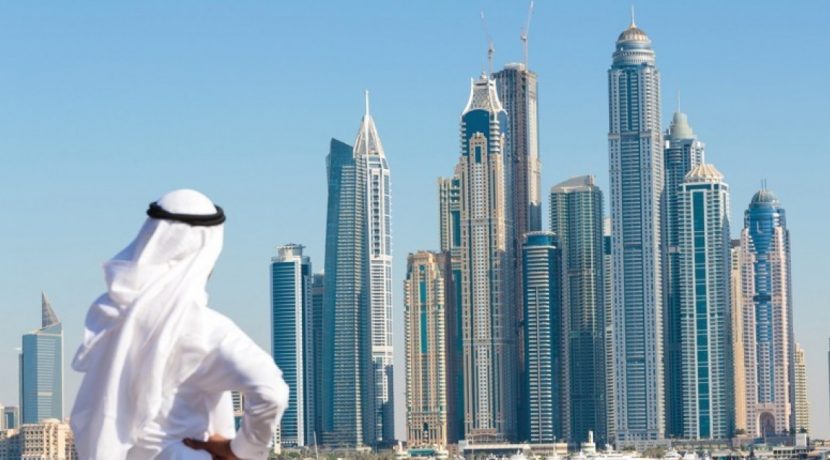Dubai: Dubai’s developers just aren’t pushing ahead with their projects fast enough – only about 16,750 new homes will get delivered this year. That compares with forecasts of 30,000 units made at the start of the year and only a slight improvement on the 15,000 actually delivered last year, according to estimates by Asteco.
So, many property buyers who were expecting to get the keys before the end of the year will now delay moving in or renting out their new homes until some time next year. Either way, it means they have a cost to bear.
According to John Stevens, Managing Director of Asteco, the reasons are straight-forward. “Lower than anticipated handovers are the result of project delays and overly ambitious handover programmes. It is in the best interest of developers to deliver as scheduled as payments are generally linked to construction milestones with the bulk of the money often due on or post-handover.” (Asteco defines completion as those projects where the handover process has been initiated or the units are available for lease in the open market.)
In the year to now, about 12,000 homes have been delivered, according to Asteco. Developers too may be missing out through these project delays.
More buyers are opting for ready or soon-to-be-ready properties rather than go with offplan and then wait around a further three to four years to take possession. Some developers who held back sales until completion have been doing exceptionally well… and that too in an extremely tight market situation where buyers are showing extra caution when it comes to entering into transactions.
But Stevens does not see this as ready properties winning over offplan. “There has been emphasis on completed properties – but this is predominantly due to a lack of new project launches,” he added. “Developers entice customers with incentives and flexible payment plans, while secondary market sales are often the result of discounted sales prices and/or great offers.
“Phasing of large-scale projects may be considered to avoid flooding the market, though more often than not, this phasing is not intentional but due to capacity restrictions.”
Whatever be the case, by year-end, demand for ready properties in Dubai stands a good chance of beating last year’s tally, while offplan will continue to lag significantly.
On the rental side, there is still a lot of pressure. Average apartment rents in Dubai were down 3 per cent from the second quarter, and compared to what they were a year ago, they are down 11 per cent. For instance, Asteco reckons that a studio in Business Bay is now asking for between Dh45,000-Dh65,000 after a 10 per cent dip in the last 12 months. At Dubai Marina, a similar unit would have a wider range – between Dh40,000-Dh80,000 after an 8 per cent average decline. At Deira, a studio could command Dh20,000-Dh45,000 after factoring in a 12 per cent dip year-on-year.


“Wider economic uncertainties resulted in many residents downsizing, or to seek value-for-money properties in less established areas,” the report states. “Rental rates are expected to come under further pressure this year, a trend that is likely to spill over into early 2019.”
The pressure on apartment rents is equally visible in Sharjah as well. On a year-to-year basis, rents are down by 9 per cent on average at all of the key residential areas, with a studio in Al Nahda being available at Dh18,000-Dh25,000, at Dh18,000-Dh28,000 in Al Khan, and Dh20,000-Dh28,000 on the Corniche.
And simultaneously, new supply is being built in Sharjah. “As a result of the rise in masterplan communities and large-scale developments, concerns in regards to a marked future oversupply situation are starting to emerge,” the Asteco report adds. “Particularly as increasing supply and declining rates in Dubai generally encourage tenant movement to the neighbouring emirate.
“However, it is yet to be seen how well (or not) the new inventory will be absorbed. In the meantime, further pressure on rental rates is to be expected.”
Abu Dhabi could see another 3,000 units delivered before year-end
The islands – Reem, Yas and Saadiyat – should account for 2,000 of the 3,100 new residential units due for handover in Abu Dhabi before the year is out. In Q3-18, the total handovers would come to about 2,150 units. The other area that will more handover action in the next six to 12 months is Rawdhat district.
All rights reserved to the initial publisher for Gulf News
Collected and published by Arms &McGregor International Realty® editorial team. Get in touched with us at [email protected].

